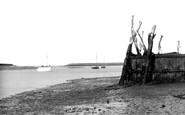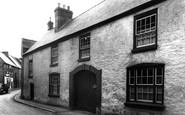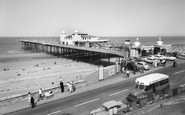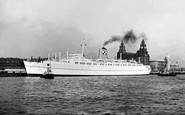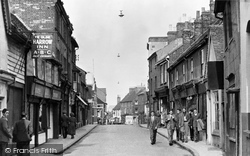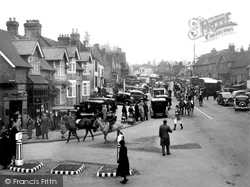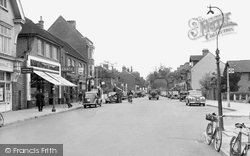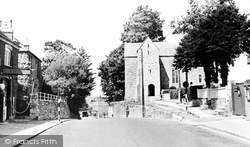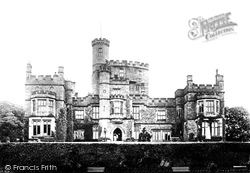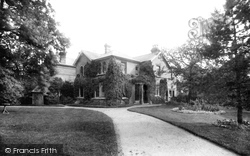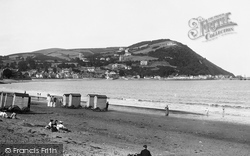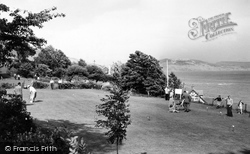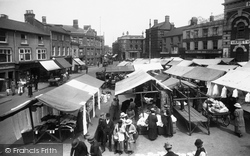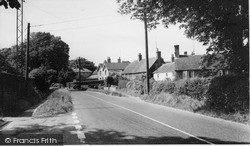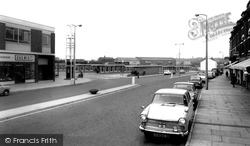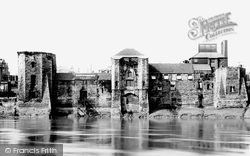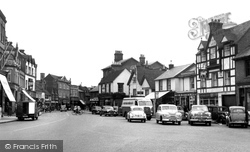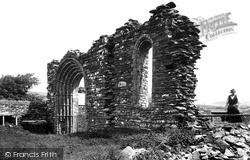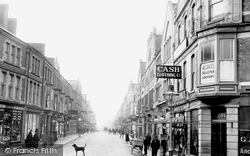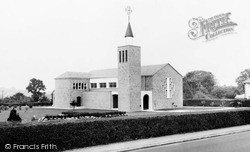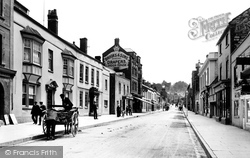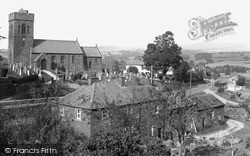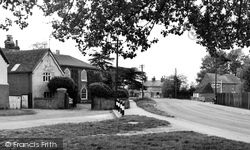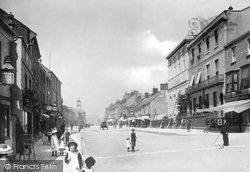Places
Sorry, no places were found that related to your search.
Photos
5 photos found. Showing results 941 to 5.
Maps
83 maps found.
Books
Sorry, no books were found that related to your search.
Memories
1,127 memories found. Showing results 471 to 480.
Life Underneath The The Arches
Does anyone remeber playing under the arches at Stairfoot? It was great, we could play out in the rain because it didn't rain under the arches. I was born under them, the steam trains went over my house, what memories. Can anyone else remember those days?
A memory of Stairfoot in 1954 by
Life On The Quay
I was born at Bradwell on Sea waterside in 1958 and remember the quay very well. Much of my growing up days were spent playing on the very quay in the photo. In the summer we would leap into the water from the quay which ...Read more
A memory of Bradwell on Sea in 1958 by
Life Was Full Of Promise!
I have lived in Margate since 1953 having moved from Ilford in Essex, I was 3 years old. My nan and granddad owned a small guest house in Vicarage Crescent, Margate. My life was a little upheaved as my father left my mother, ...Read more
A memory of Margate by
Limberlost
my dad was born in amport his mother was eliza izzard and married his dad albert john smith , i believe she was from lower bullington andover and her mother from west stratton winchester, i have a few family letters that iv looked up, ...Read more
A memory of Amport by
Lindfield School Hyde End House
Lindfield School, Hyde End House, Brimpton. I would love to hear from anyone who has memories of Lindfield School, Hyde End House, Brimpton. I was there from when I was six until I was eight, between 1947 - ...Read more
A memory of Brimpton in 1947
Lion House Youth Hostel 1957
I stayed one night at this hostel in early April 1957. A friend and I had set out from our home town of Reading on a 5 night circular cycle trip - our first such trip. Mitcheldean was our second night's stop, the ...Read more
A memory of Mitcheldean in 1957 by
Little Green Buses Along The Prom.
For many years, Colwyn Bay U.D.C. ran a bus service along the promenade from Old Colwyn to just beyond the former pier at Rhos on Sea. Commencing in 1926, a small fleet of 5 'Guy' BB type vehicles with covered ...Read more
A memory of Colwyn Bay in 1961 by
Live Music, Coalville
Whilst it is now many years ago, (I moved to Holland in '76), I'm just feeling ever so slightly miffed that your contributor didn't mention a couple of bands. I played in in the '60's, both hailing as 'Coalville' bands - ...Read more
A memory of Coalville in 1968 by
Liverpool To Canada
We immigrated to Canada in 1965. We left Liverpool for Montreal, however, we hit a small iceburg or something that caused enough damage for us to take the train to Montreal from the closest land destination in Quebec. I was ...Read more
A memory of Liverpool in 1965 by
Living At Model Farm
The Edwards family lived at Model Farm from 1953 to 1957. We went to Chinnor School, my brother Stuart went to Lord Williams, Thame. My mother Phyllis started 1st Shirburn & Luknor Brownies and was Captain of 1st ...Read more
A memory of Shirburn in 1953 by
Captions
1,233 captions found. Showing results 1,129 to 1,152.
The pub has now merged with the Barleycorn on the Buckingham Street corner and is archly renamed the Farmyard and Firkin.
Here the photographer looks west along the High Street from the junction with Outwood Lane on the morning of a fox hunt - this type of scene was much favoured for Frith postcards.
There has been much rebuilding of this part of the High Street, none of it for the better, since the 1950s; continuity has been achieved only by the building at the far left, which is still
Anglo-Saxon arcading was replaced by Norman arches in the 12th century. The view is northwards from North Street, down to the sign of the former Lord Nelson public house (centre).
Painted by the artist Turner, it became famous and was much visited. It was built by the Norman Montbegon family just after they arrived in Lancashire.
Note the round-arched windows and the ornamental bargeboards that are characteristic of the 1860s and early 1870s. Woodside Road was also laid through the former Benhill Woods.
Much of the original structure was built using rubble from the remains of the Roman town of Verulamium, which stood close to the present Verulamium Park.
Once a port described by Daniel Defoe as 'fairer, and much deeper, than those at Watchet and Porlock', it turned into a major seaside bathing resort in the later 19th century.
By 1962 they were being torn apart by landslips, and the situation was much the same in 2005, with this area being sealed off.
This view from the middle of the Market Place is not much altered since 1922. The view towards the Royal Hotel and Lloyds Bank is almost unchanged.
Clothes were still made at home, and Thoday sold patterns, often by Vogue, which could cost as much as 7s 6d, and also the more humble and easier designs selling for 1s 9d.
Here the photographer looks from by the churchyard gate past the Half Moon pub to the unusual arch formed by two elm trees, now long gone. The pavements are large slabs of sandstone.
The Tone Stone, on which business deals were struck, is partially obscured in front of the centre arch.
The road widens to form Posey Green, with the 1930s Horseshoe Inn on the right out of camera shot; it is a rambling mix of local sandstone and timber-framing with a huge horseshoe- arched
When the bus station opened on 20 May 1963, much Castleford history was lost with the demolition of the Queen's Head Hotel and Wainwright Street.
In the centre is the square gate tower with its arched water gate. Boats could enter the castle through the water gate, as there was a small quay to the rear of the tower.
Beyond, much is rebuilt, apart from the 18th-century three-storey building with a pediment and Venetian windows.
The abbey was dissolved by Henry VIII in 1539 and was sold to the Earl of Essex and his agent, John Stedman, whose family later used much of the stone in their mansion and farm buildings.
There is much to see in this picture, including the flat-capped men looking directly at the photographer on the right, and the more casual observers further up the street.
Several people were killed, and much damage was done to local property.
Since 1909, Brooks and Sons and the house to its left have been demolished, and the Arches Way road formed. To the right, the finial belongs to The Avalon Club of 1897.
Not long after, the enthusiastic wood-carving cleric Canon Wilson adorned the interior with much of his own work.
The house on the left, Gothic House, has elegant Strawverry Hill Gothick style late 18th-century arched windows, while the gabled wing has a painting of St George and the Dragon above the first floor window
On the street, a new generation had not yet been born in the Victorian shot, but otherwise not much has changed.
Places (0)
Photos (5)
Memories (1127)
Books (0)
Maps (83)

